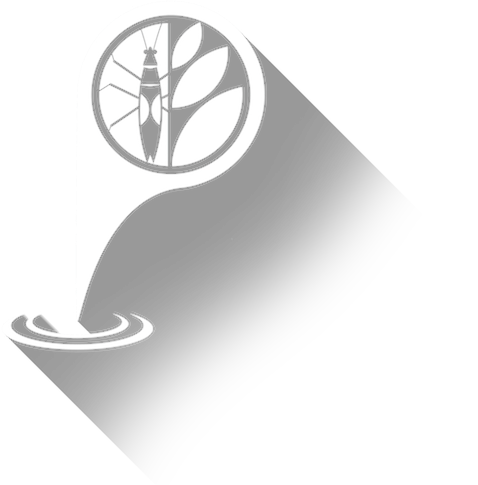PROJECT INFORMATION
Pest Risk Identification and Management
Pest and Disease Risk Identification and Management (PRIME) is a four-year project among the International Rice Research Institute (IRRI), Philippine Rice Research Institute (PhilRice), and the Bureau of Plant Industry (BPI) that aims to understand risk factors for pest outbreaks and identify appropriate management strategies and tactics to reduce crop losses. Five pests, which caused major crop losses in the Philippines, will be studied: blast (leaf and neck blast), bacterial leaf blight (BLB), rice tungro disease/ green leafhopper (GLH), brown planthopper (BPH) and rats.
PRIME is expected to enhance the DA’s ability to reduce yield losses due to pests and diseases through better management and targeting of risk areas thereby contributing to more rice available for consumption. Specifically, the following will benefit:
- The Bureau of Plant Industry (BPI) and the DA-Regional Field Offices (DA-RFOs) will benefit from having a standardized protocol for identifying and collecting data on pest risk factors. This will enhance their capacity for pest and disease risk 6 analysis that can be used to improve the efficiency of pest management strategies and tactics.
- Farmers indirectly benefit through better targeted programs that promote best crop health management practices. With more efficient pest management strategies, they will have higher yields and higher income from rice farming.
- Rice consumers will indirectly benefit by having access to more affordable rice resulting from a more stable rice supply.
- Department of Agriculture (DA) – Integrating pest risk mapping and analysis into the current Philippine Rice Information System (PRISM) platform will provide the DA with vital information to better assess the current and forthcoming status of the rice crop, and to plan and target needed interventions to avoid pest outbreaks.


VISION
Food secure Philippines with prosperous farmers and fisherfolks.
MISSION
To improve rice productivity, welfare, and competitiveness of Filipino farmers by providing targeted management recommendations to mitigate risks of major pests to serve as a model for other economically important crops.

OBJECTIVES
To understand risk factors for pests and disease outbreaks and identify appropriate management strategies and tactics to reduce crop losses.
- Develop and improve current methods for extracting rice crop parameters including indicators for crop health, and management practices using remotely sensed data,
- Analyze risk factors for pest and disease outbreaks,
- Formulate efficient management strategies and tactics to reduce crop losses, and
- Improve the capacity of project partners on remote sensing, and pest and disease risk mapping and analysis, and
- Develop a sustainability plan
WORK PACKAGES
To achieve the goals and objectives of PRIME in a more effective/strategic and manageable way, its project structure is designed with eight (8) individual, yet interrelated work packages. This covers coordination, user requirements, research expected outputs, capacity building, and sustainability plan. Each work package contributes to the overall progress of the project.
